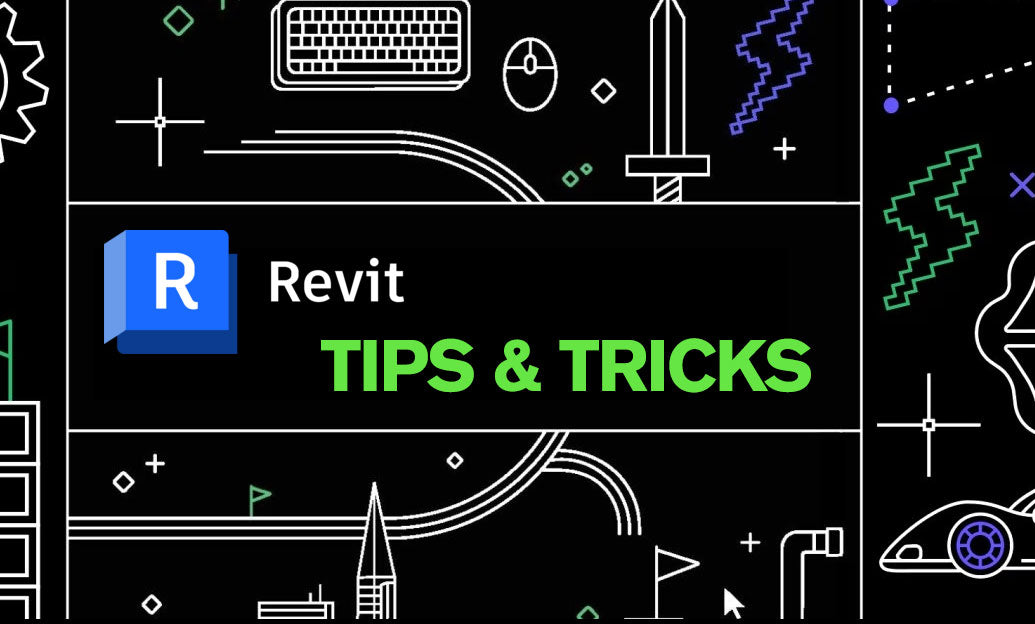Your Cart is Empty
Customer Testimonials
-
"Great customer service. The folks at Novedge were super helpful in navigating a somewhat complicated order including software upgrades and serial numbers in various stages of inactivity. They were friendly and helpful throughout the process.."
Ruben Ruckmark
"Quick & very helpful. We have been using Novedge for years and are very happy with their quick service when we need to make a purchase and excellent support resolving any issues."
Will Woodson
"Scott is the best. He reminds me about subscriptions dates, guides me in the correct direction for updates. He always responds promptly to me. He is literally the reason I continue to work with Novedge and will do so in the future."
Edward Mchugh
"Calvin Lok is “the man”. After my purchase of Sketchup 2021, he called me and provided step-by-step instructions to ease me through difficulties I was having with the setup of my new software."
Mike Borzage
V-Ray Tip: Mastering Volumetric Effects in V-Ray for Enhanced Realism in Renderings
November 06, 2024 2 min read

Incorporating volumetric effects into your V-Ray renderings can significantly enhance the atmosphere and realism of your scenes. V-Ray's capabilities allow you to simulate various volumetric phenomena, such as fog, smoke, and light rays, creating a compelling depth and mood to your visualizations.
Here are some effective tips to master volumetric effects with V-Ray:
- Use V-Ray Environment Fog:
- Access the Environment Fog through the V-Ray render settings. This feature is perfect for simulating light scattering in the atmosphere.
- Adjust the Fog Distance parameter to control how quickly the fog diminishes. A shorter distance results in denser fog.
- Utilize the Fog Height setting to limit the vertical extent of the fog, useful for creating ground mist or low-lying fog effects.
- Incorporate V-Ray Volume Grid:
- For more complex volumetric effects like smoke or fire, the V-Ray Volume Grid is a robust tool. Import cache files from fluid simulations to get detailed volumetric renderings.
- Fine-tune the appearance by adjusting the Smoke Opacity and Fire Opacity curves, which control the density and intensity of your effects.
- Experiment with V-Ray Lights:
- Use V-Ray lights to interact with volumetric elements. For instance, placing a light source within a fog volume can produce striking volumetric light rays, enhancing the photorealistic feel.
- Consider the position and intensity of lights, as they can dramatically impact the visibility and quality of volumetric effects.
- Optimize for Performance:
- Volumetric effects can be computationally intensive. Leverage V-Ray's GPU rendering capabilities to accelerate the process, ensuring you maintain a smooth workflow.
- Adjust the Step Size and Shadow Step Size parameters in the environment fog settings to balance between render speed and quality.
- Post-Production:
- Utilize V-Ray's Render Elements, such as Z-Depth or Atmosphere, to have greater control over volumetric effects during post-production.
- Software like Photoshop or After Effects can further enhance these effects, allowing you to refine the mood and atmospheric depth.
Mastering V-Ray's volumetric effects opens up a world of creative possibilities, enabling you to craft scenes that are both visually stunning and atmospherically rich. Keep exploring these tools to find the perfect balance that suits your artistic vision.
For more insights and professional tips on utilizing V-Ray to its fullest potential, explore resources from NOVEDGE.
You can find all the V-Ray products on the NOVEDGE web site at this page.
Also in Design News

ZBrush Tip: Techniques for Sculpting Realistic Veins in ZBrush
December 22, 2024 2 min read
Read More
Revit Tip: Expert Tips for Creating and Managing Topography in Revit
December 22, 2024 2 min read
Read MoreSubscribe
Sign up to get the latest on sales, new releases and more …



